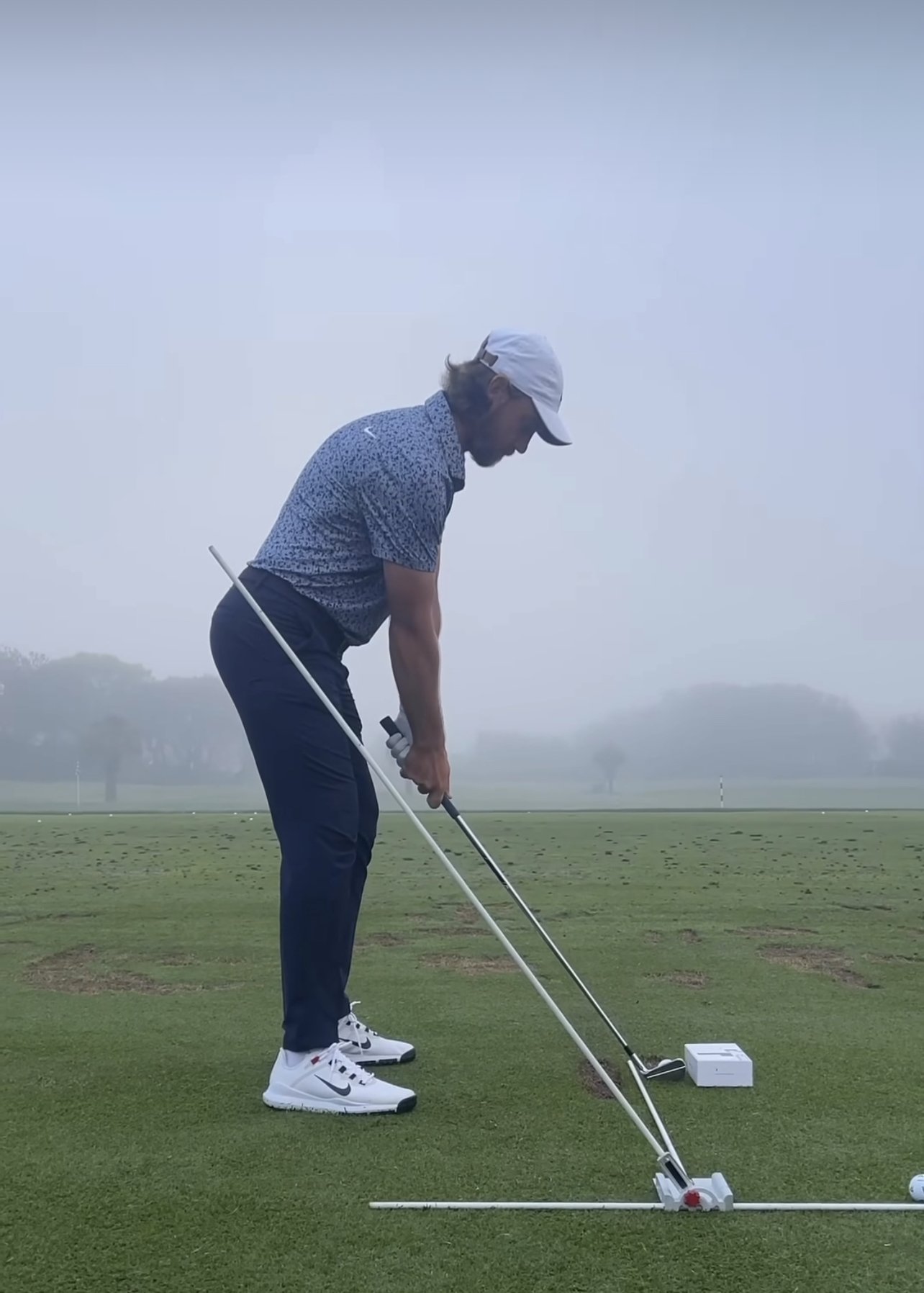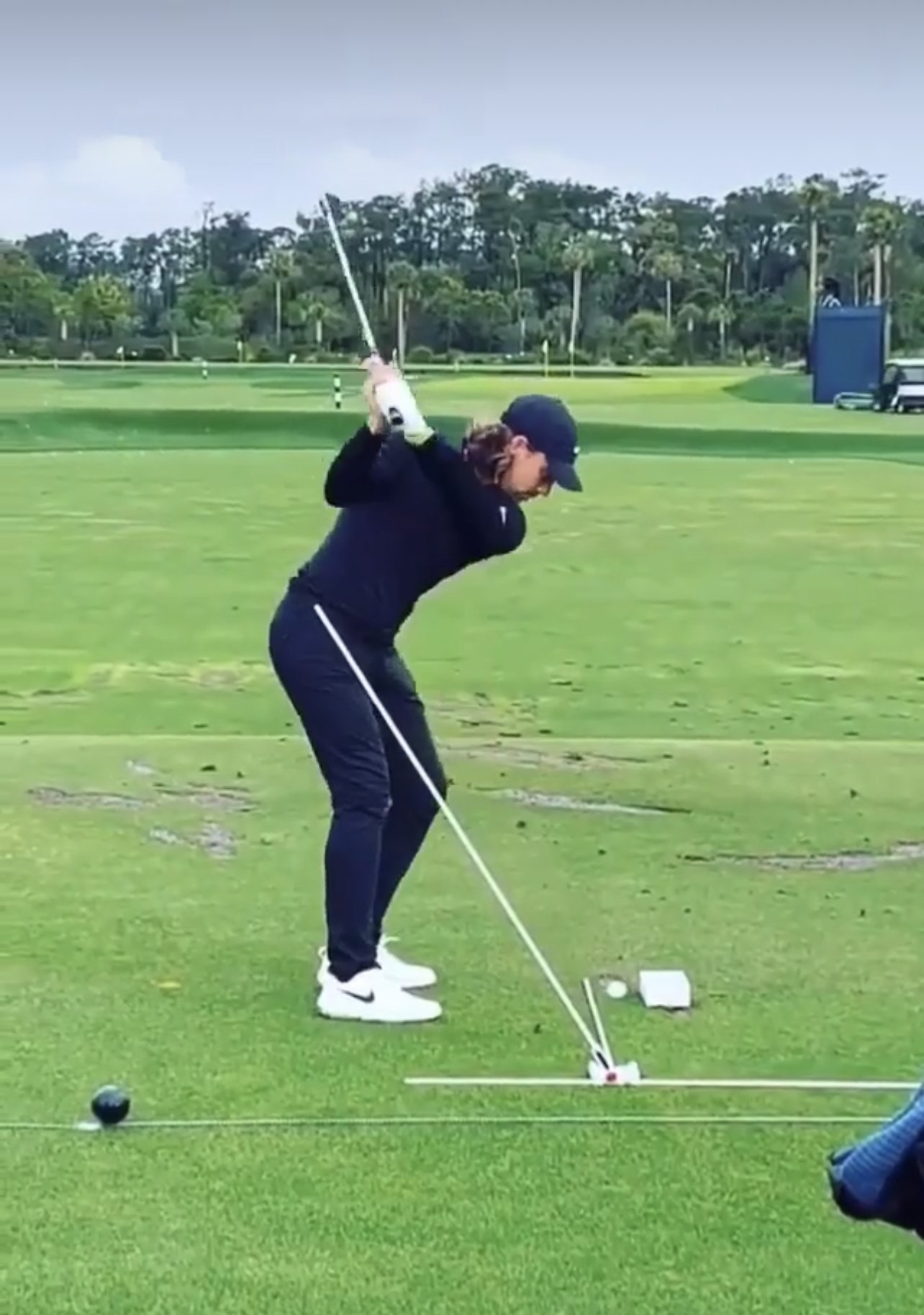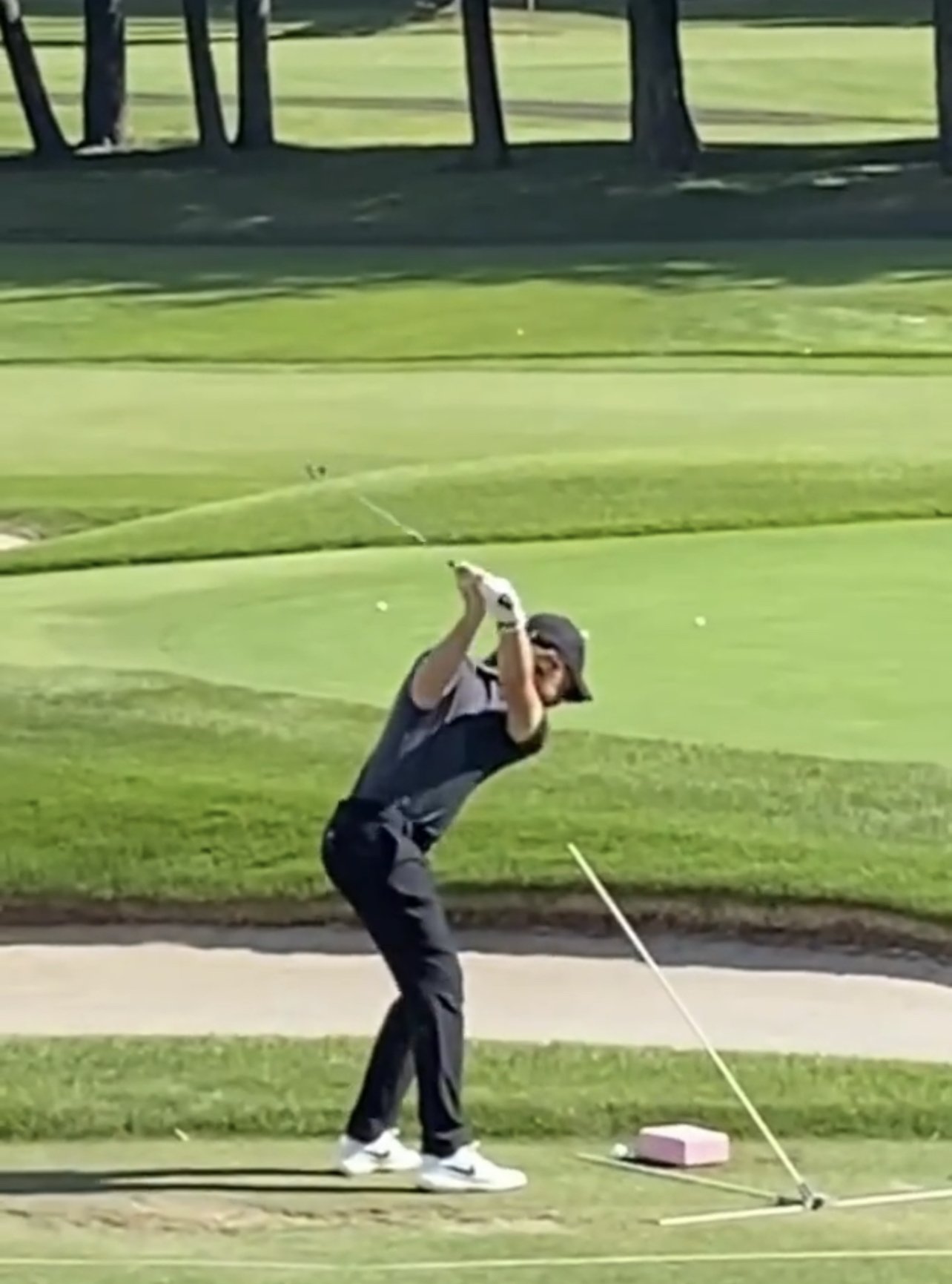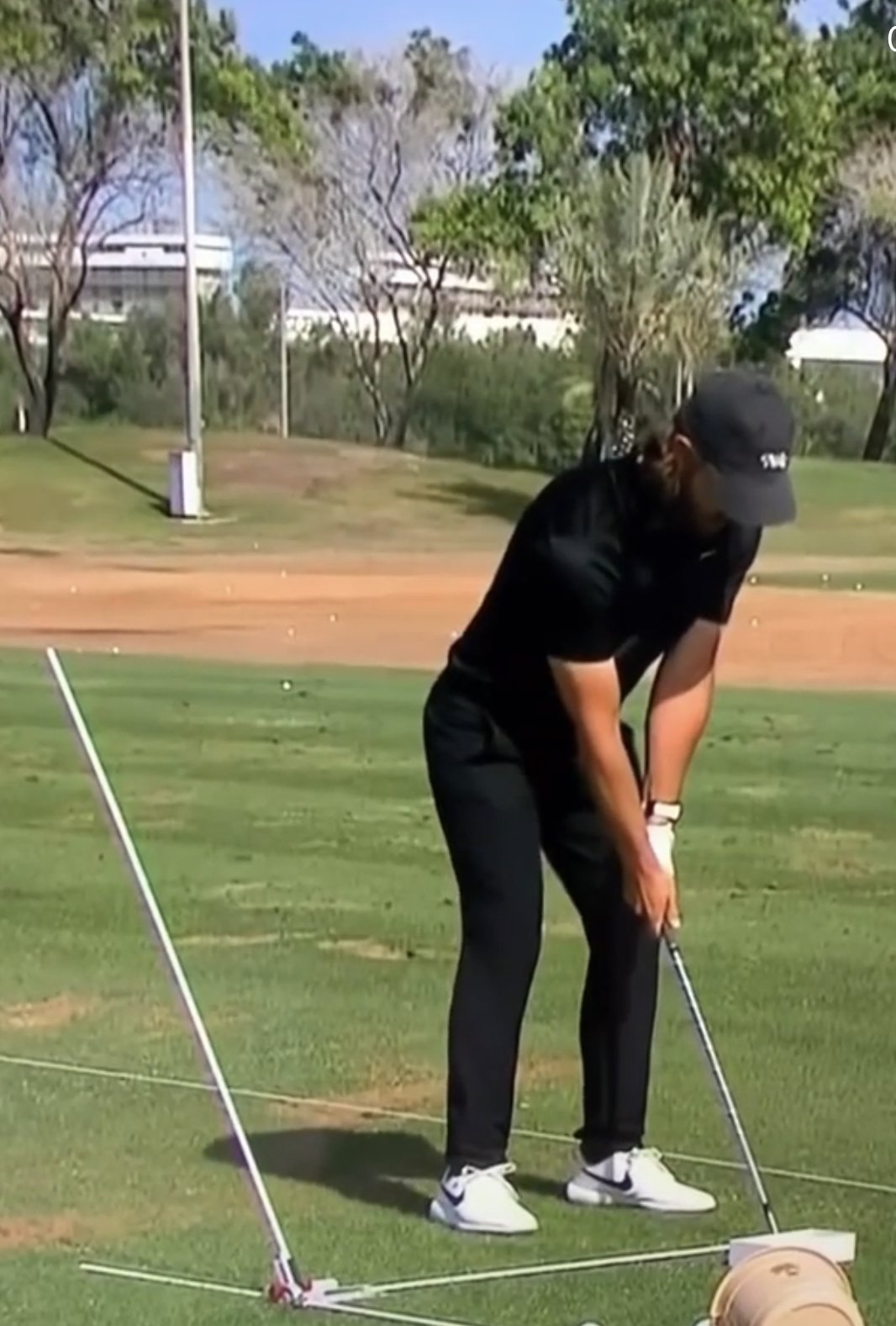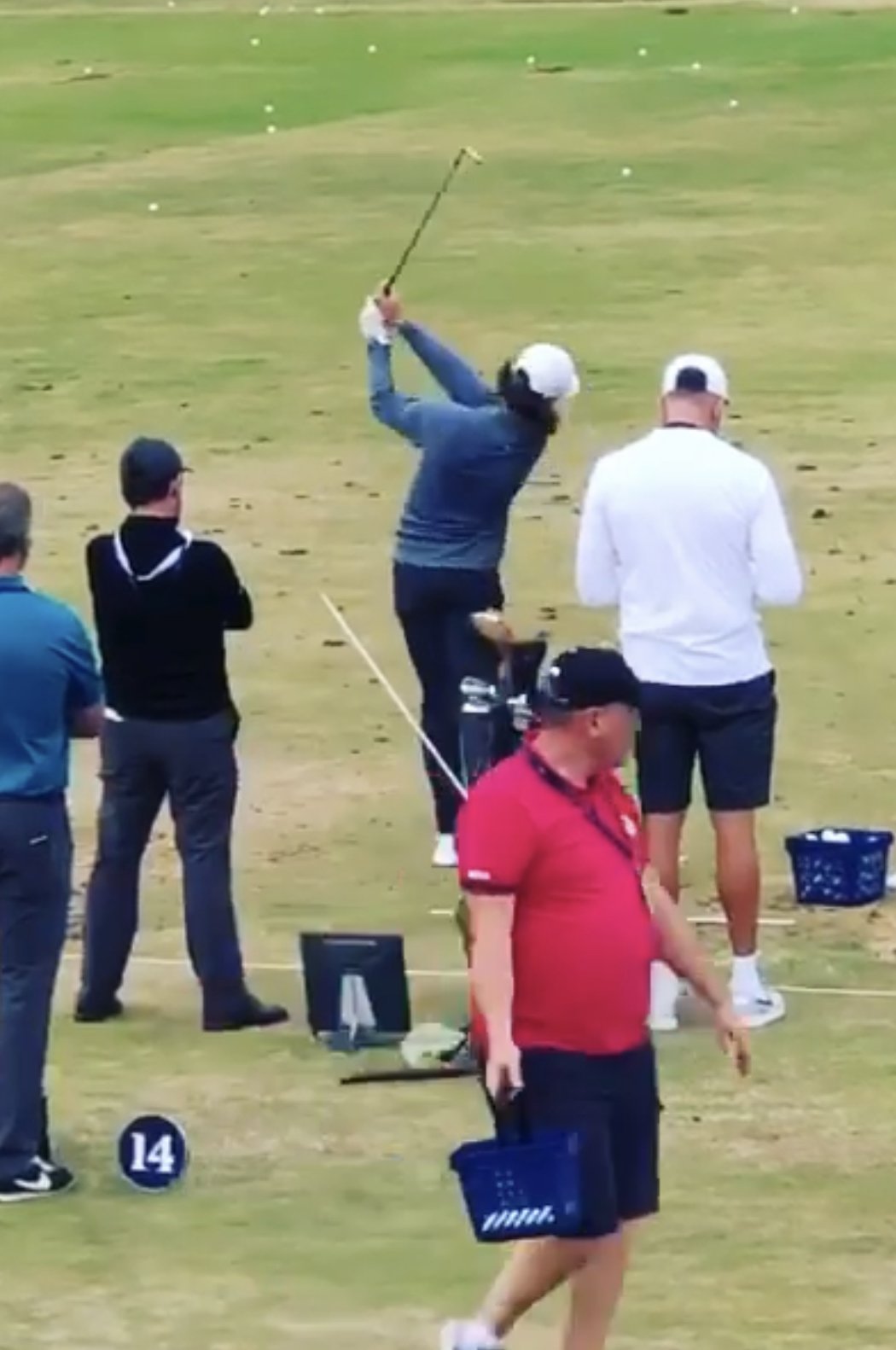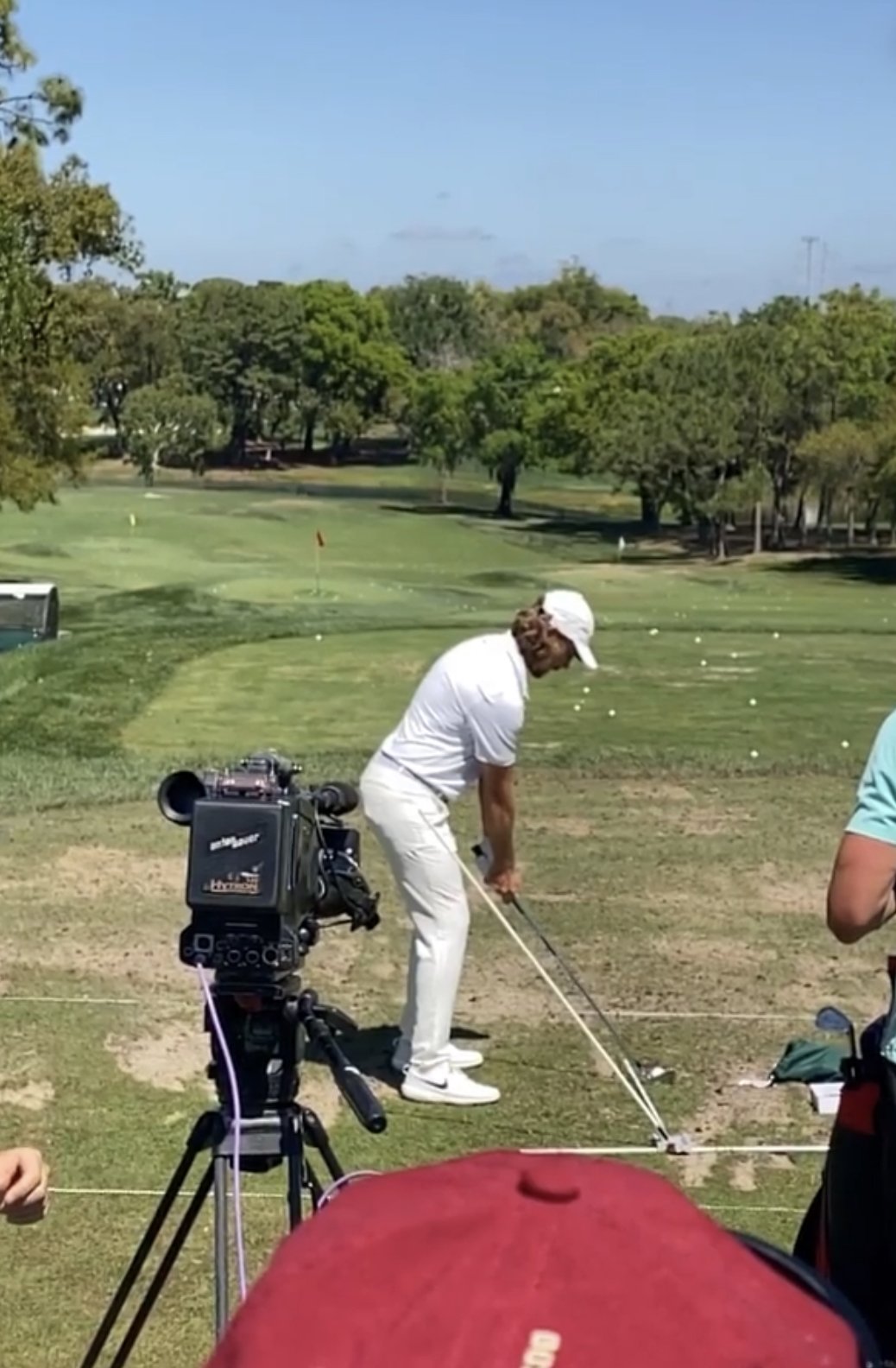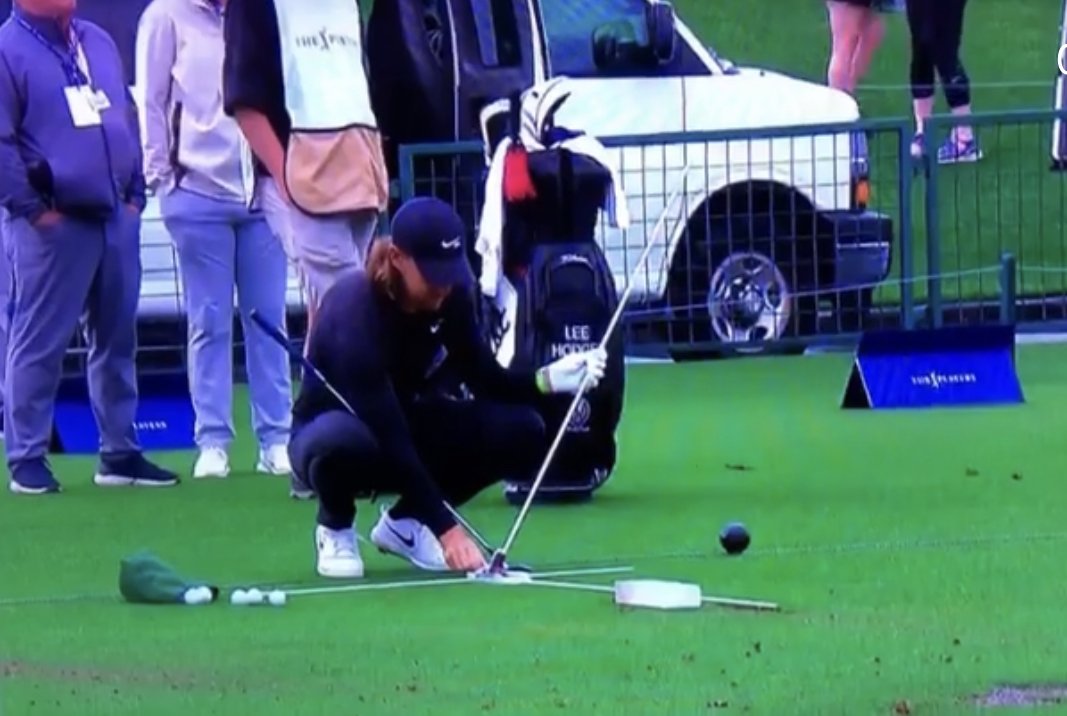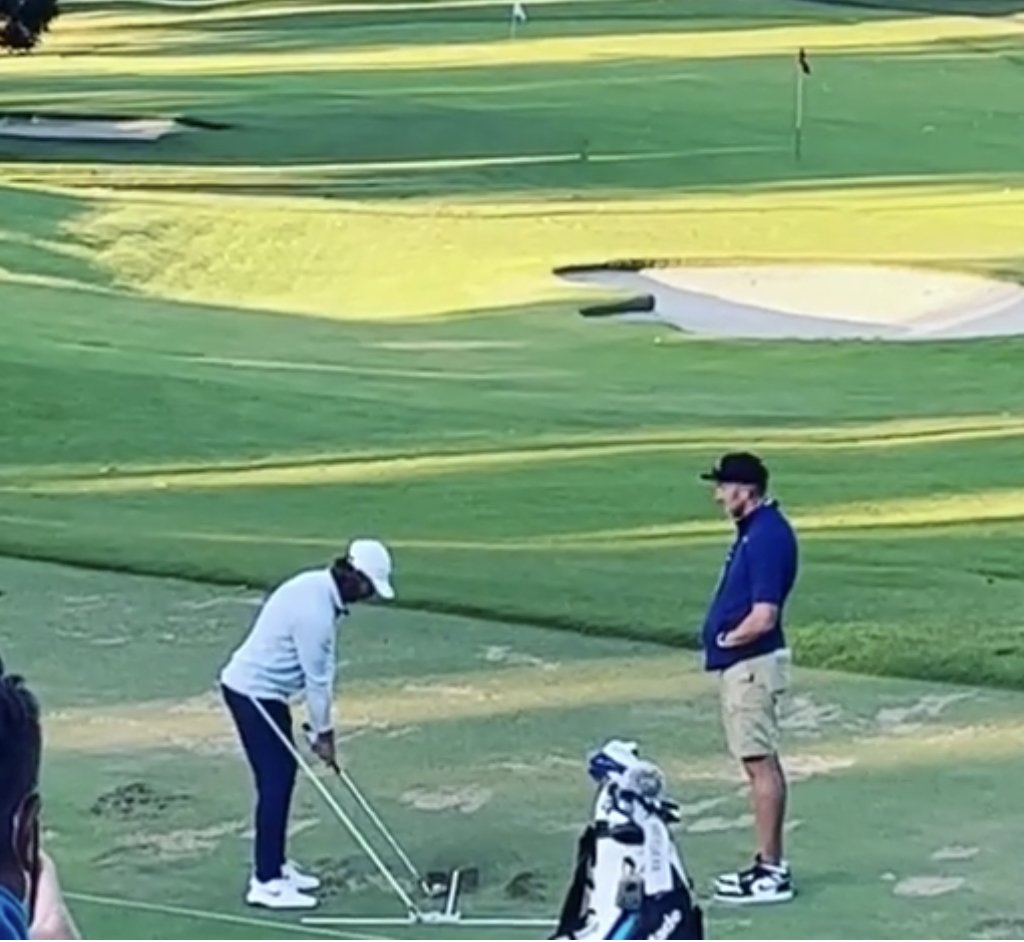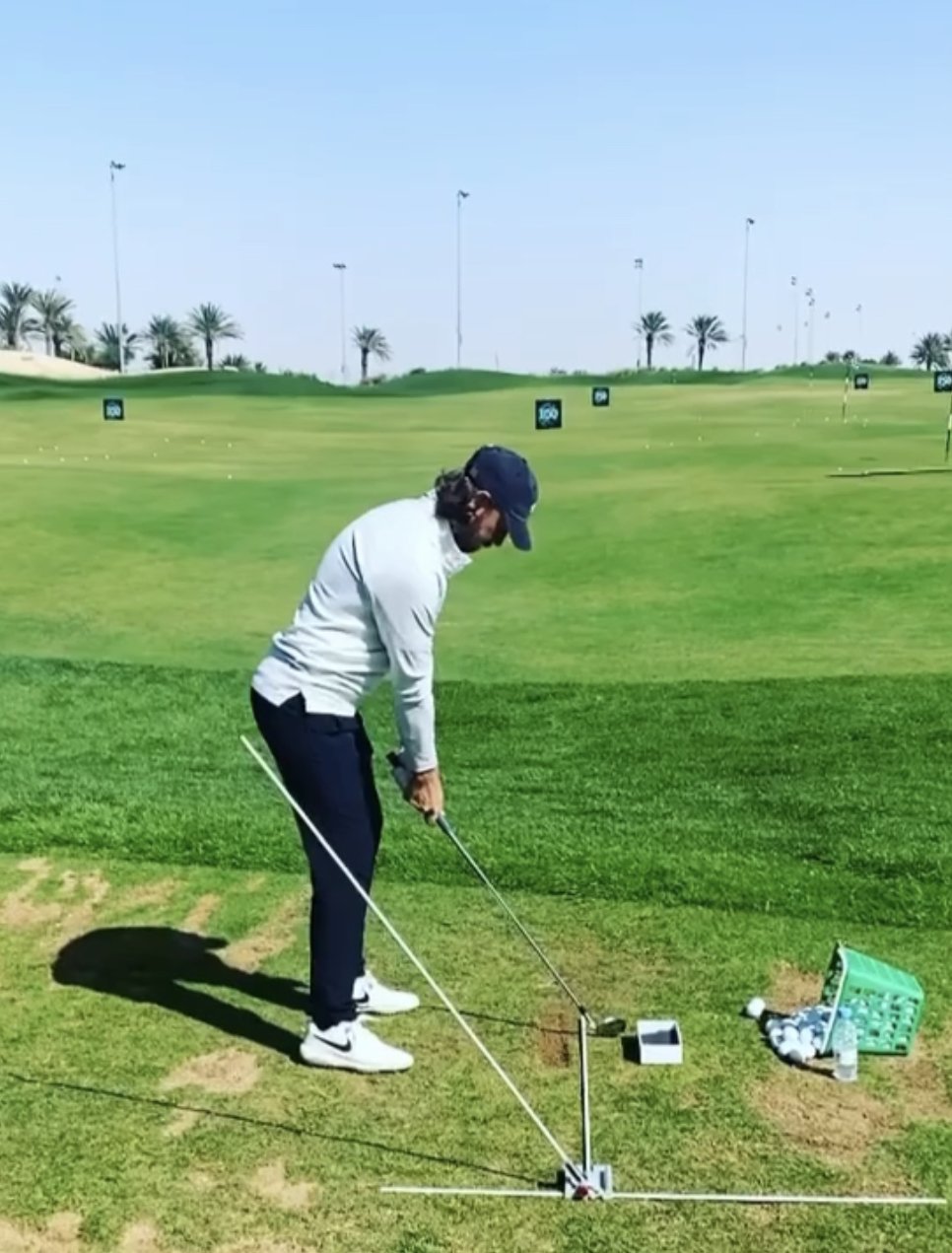Consistency In Golf
Consistency in golf is elusive…a dream…a fiction story…yet we all chase it. If I was paid only when a golfer on the lesson tee talked about consistency, I would have retired five years ago.
The definition of consistent is, “acting or done in the same way over time, especially so as to be fair or accurate.” What I want to focus on is the acting part of the definition, as I believe there is an equation that needs to be adhered to when looking at consistency.
The other side of the consistency discussion is understanding our environment. Each day you step on the course, you find a multitude of differences. The weather is different; the wind is blowing a different direction at a different speed'; you feel different; pins are in a different place on the green; you’re paired with a different set of golfers; you’re playing from different distances than the last time you played this course - tee markers are moved each day to utilize different angles on holes and to allow areas of the tee boxes to heal - or any other aspect of the game you can think of.
Knowing all of this, we still wonder how we can shoot 85 one day and 92 the next.
In this article I’m going to unpack the idea of consistency in golf and what it takes to create it. It’s both easier and harder than you think.
INPUTS VS. OUTPUTS
Every day I’m talking to golfers about creating better habits on the golf course and in the practice area. These actions (good or bad) become habits, which then create your results. I think golfers of all skill levels need to look at their inputs, rather than the outputs.
What this means is that measurement needs to be taken on what goes into your practice session, not what comes out of it. If I wanted to lose weight, the first place I’m going to look is at what I’m putting in my body. If I take in 3,500 calories in a day, but only burn 2,000, there is no chance I’m going to lose weight.
To put this in a golf context, if I only practice once a week for 30 minutes, and that time consists of 5 full swing 7-irons hit at no target and then 30 driver swings as hard as I can, I shouldn’t expect my short-sided wedges to be on point when I play this Saturday.
The above example may sound funny, but I see it play out every single day at the driving range. This is much more the norm than the exception.
CONSISTENCY OF FOCUS
Golfers everywhere are chasing improvement, that is nothing new. The problem with current day is that we have more information sources than ever before. Notice that I said problem, not advantage.
We are drowning in information these days, yet few golfers are actually benefitting from it. What we are lacking is a better application of the information we’re taking in, and the ability to stick with it for the long-term.
Two great examples of long-term commitment are Tommy Fleetwood and Tiger Woods. I’m going to break down why they are models for improvement below.
TOMMY FLEETWOOD
Tommy Fleetwood turned professional in 2010, making his debut on the European Tour. His notoriety has grown in the last five years with the moniker “Fairway Jesus”, referring to his long hair and god-like golf swing.
Tommy has been seen using a training aid on driving ranges around the world for the last few years. The Swing Plane Perfector hit the market a few years ago, becoming one of the first multi-purpose swing plane trainers in the world. PGA Tour players such as Justin Rose, Rory McIlroy and Matthew Fitzpatrick have all been seen using the device in the last few years.
Fleetwood was first seen using it back in 2018, according to the Swing Plane Perfector Instagram account.
The manner in which Fleetwood has the device setup keeps his club from falling below the plane, keeping his swing direction at the target and creating a low-point of the swing that is more forward and a tighter dispersion for his shots.
This has been effective enough for him that he still uses it to this day, five years later. Every round, every practice session, even warming up for the Ryder Cup, you can find Tommy on the range with his trademark swing and his faithful training aid.
TIGER WOODS
Unquestionably the greatest player of the modern era, Tiger Woods has made a career of being a world class closer. Nobody has sunk more putts when it mattered most than Mr. Woods. How many times did he make a 15-footer to win at Bay Hill? What about the famous “better than most” call on the 60-footer at TPC Sawgrass?
Lastly, nobody can forget the iconic putt at Torrey Pines to force the playoff at the 2008 U.S. Open. Playing on a broken leg all week, he needed to sink a 12-foot putt for birdie on 18 to tie Rocco Mediate in regulation. He made the putt and the rest is history.
A quick Google search of “Tiger Woods Putting Drill” will reveal an overwhelming amount of the same two drills. The first being a one handed stroke (right hand) and the second is the gate drill. These two drills have been the hallmark of Woods’ putting practice since his junior golf days.
Upon arriving at the putting green, he will find a straight putt of about 5' feet in length. He starts by putting two tees in the ground, almost touching either side of his putter.
He then will hit 20 to 30 putts with just his right hand. “In order to miss the tees, I have to hit the ball right in the center of the face. I like feeling the face rotate, I like feeling the right hand hit. I like to feel load in my stroke going back and release coming through.” He will repeat the drill right handed until he feels comfortable, then add the left hand, trying to feel the same elements in the stroke. He will alternate between left hand only and both hands as necessary.
Below is a great video captured at the 2013 PGA Championship at Oak Hill County Club in Rochester, NY. The video is a clip from the TV broadcast, which features Notah Begay III (Tiger’s college team mate at Stanford) narrating Woods’ process in his warmup and why he does what he does.
The rest of his practice will center around speed adjustments, lag putts and sharpening his read of the slopes. What’s important to note here is that his practice always starts the same way, without fail.
conclusion
So we’ve now seen two of the most consistent golfers in their respective categories, clearly knowing what works best for them, then executing on those elements habitually. There is so much to learn from these two, but the curse is that it’s almost too simple.
The moral of the story is to first find good information and then apply that information consistently. What is the ONE thing you need to do in order to make progress in a given area? Not what your buddy told you to do, or what you saw on YouTube. Seek out a professional who is an expert in the field you are working on, ask great questions and then work on that thing until you can’t do it wrong.
references
https://www.golfdigest.com/video/tiger-woods--two-tee-putting-drill
https://www.instagram.com/theswingplaneperfector/?hl=en



